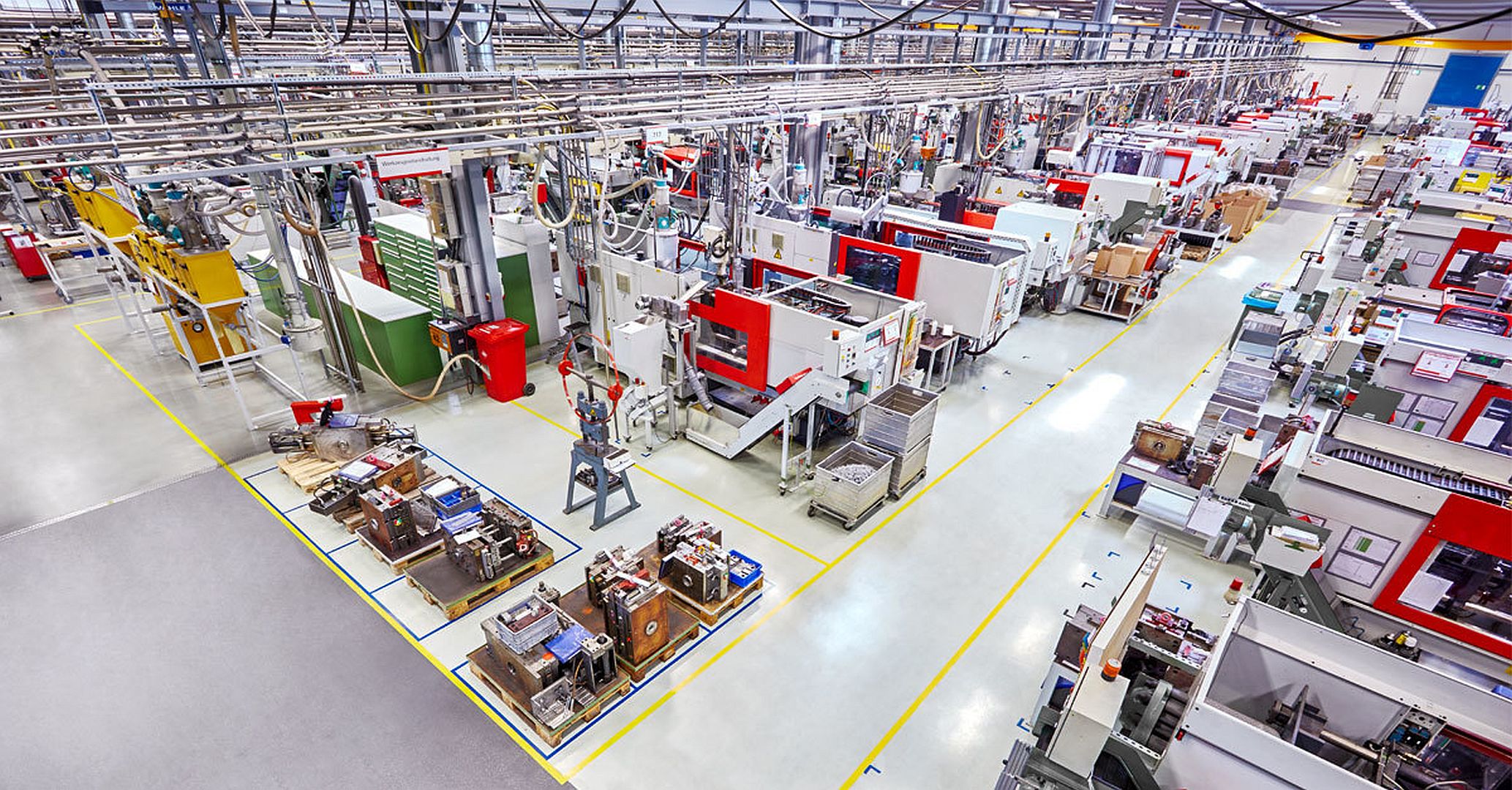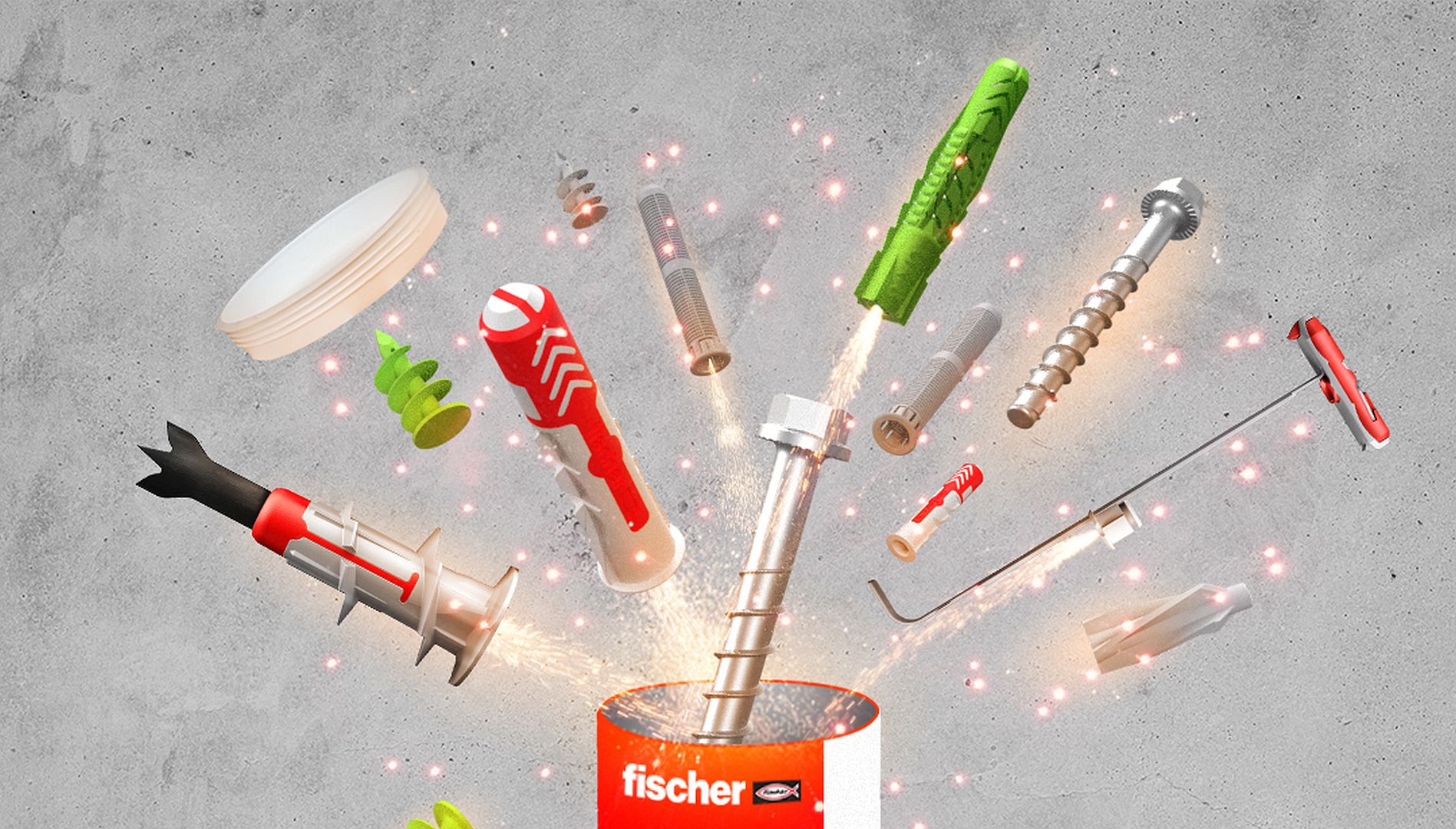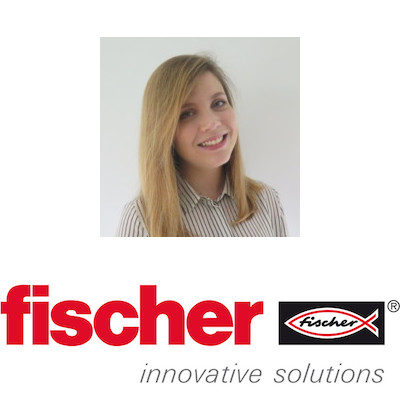Contents
1. Presentation2. Setting up price monitoring
3. Analysis based on price monitoring
4. Amazon marketplace support
fischer in a few words
- Family-owned German group, headed by Klaus Fischer
- Specialist in fastening material
- Company founded in 1948
- 5200 employees worldwide
- Turnover: 887 M€ (2019)
Presentation of PAARLY / fischer
Denis Oulion, Co-founder of PAARLY ;
Hello Laurane, thank you for taking part in this interview. I will let you introduce yourself and fischer.
Laurane Muller, E-commerce Project Manager for fischer France
I have been an e-commerce project manager at fischer France for two years now. I am working on the development of our E-Commerce strategy, which was deployed a little over 2 years ago in all the European subsidiaries of our group.

Setting up price monitoring
A few years ago, you set up a price monitoring solution, thanks to PAARLY’s services. Why did you do that?
Price monitoring is a subject that came up very early in the discussion, particularly when I joined the company in September 2018. I think it was one of my very first e-commerce development projects. The group was already planning to implement this type of solution and was looking for its own price crawler, so for us, fischer France, it was an obvious choice to have our own automatic price monitoring system and to be able to have a better knowledge of the prices charged online. Internally, we already have knowledge of the prices that we offer/fix to the various groups and partner customers but on the other hand, it is true that we were not very open to the outside world and we did not necessarily seek to know the prices charged by our retailers before e-commerce really took hold. So it was obvious with e-commerce to open the way to discover the prices charged by our customers, to have a better understanding of this pricing aspect; from the price we set to the price offered to an end user.
How did you operate before the setting up of automated price monitoring?
As I mentioned, there was no price crawler within the company. We were aware of the importance of knowing the prices charged by our retailers, but there was not necessarily a programme to help us do this. Due to a lack of resources, we didn’t necessarily go and see what was being done before. We only had in place tools to go back up the field. So it wasn’t automated, but it’s true that our sales force in the field sent us (and still sends us) information on pricing. We therefore worked manually, with our teams taking prices in the field.
As fischer also works with promotional offers, by the pallet for example, there is a lot of price feedback from the field because when we set up such exceptional operations, we want to gather information in order to be able to offer really attractive prices for our customers. At such times, we need to be able to offer prices that are not totally out of line with market reality and which could end up being more expensive than those of our competitors.
What were the steps for the setting up of automated price monitoring? Are there any obstacles and lessons to be learned and shared with other companies that would like to do so?
I remember that when we filled in the matrices to set up the price monitoring, we were asked for several pieces of information since there are different types of product comparisons to ensure matches, via EAN codes, product names (long or short), product descriptions or even visuals. At that time we were in the process of redesigning our website, the site was present, there was a problem with the implementation of the products, as our entire catalogue had not yet been reassembled.
From the outset, we were therefore unable to retrieve all the data required for all the items we wanted to match.
This led to the subject of the importance of product selection, we had to be very rigorous in this respect and really focus on the heart of the 20/80 to have a chance of having a variety of crawls and above all numerous crawls at our various retailers.
Also, at the launch of the project, the price survey was very much focused on BtoC retailers since the idea behind the implementation of PAARLY was also to discover the players who propose fischer offers online and of which we were not aware and it was also a means for us to improve our prospection.
This really enabled us to improve our knowledge of the market and the BtoC web distribution network. On the other hand, we wished to add the monitoring of BtoB retailers so it was necessary to specify and review the scope of the monitoring to move on to a more personalized offer with PAARLY.
Did you find it difficult to collect the information for the implementation of the monitoring at the launch of the project, in relation to your internal information system for example?
Today, we do not have a UF recommended price list; in other words, we know the prices we charge, the prices at which we sell to retailers, but we do not know the recommended prices at which our products should be sold. We have informal knowledge, of course, of market price levels, our pricing manager today is fully capable of telling us the UF price of certain products in relation to his knowledge of the market.
What we lack at fischer is a very precise list with all the prices suggested by the brand. At the start of the project, we were therefore unable to provide fischer’s recommended selling prices to retailers. As a result, we asked PAARLY to set up median prices in relation to the price survey carried out on the web.
Can you tell us more about these median prices?
This is a resource that is important for us today because we know that a median price represents 50 below and 50 above, so thanks to the information that PAARLY retrieves for us we have a precise indication of the prices practised in the market. Thanks to these median prices we will be better able to define the UF prices we would like to recommend in the future.
This has also enabled us to make progress on this issue since we now have several UF prices which have been worked on over the last 2 years. By grouping together precisely those prices recommended by fischer, we would be able to indicate them to PAARLY to complete our monitoring system, and to further improve our platform by integrating prices coming from fischer as we can have other additional data, and another level of information.
And globally how long did it take, on your side, the technical implementation of the price monitoring?
I would say that the biggest part was to fill in the matrix and in particular to extract the requested information from our website. As at the time we were in the process of redesigning the site, it was constantly evolving on our side on the fischer.fr site. Once we were able to provide PAARLY with the complete matrix, the delivery was fast and efficient (as we needed the information at a specific date) and within a month and a half we had access to the data, the crawls were active and we had the information we needed for all the median prices.
To fill in the matrix according to your needs was therefore the hardest for you due to the lack of an automatic extraction system from your catalogue in the end. And how many products did you have to benchmark?
Yes, it took us one to two weeks to complete the matrix, which consisted of just over 700 lines, i.e. around 700 products.
Afterwards it was a bit long to recover all the right information on our side, to complete with what you were able to bring so that we really had the most complete platform possible and which perfectly met our needs, but given that the PAARLY team is very malleable and that we were always able to find solutions to lighten the workload on our side, there were no real difficulties.

Analysis based on price monitoring
What surprises did you get in the results? In particular: Were the products that were most fought over the same as you imagined?
We were not surprised to see that references that are our best-sellers today or references that have been better known and sold for years were the ones that were the most matched. On the other hand, we are still today surprised by the dropouts we can see, some prices being very low and others very high compared to the reality of the market.
So this brings me to a second question about the results of the price survey: was your real price positioning in line with what you had imagined?
Concretely, thanks to the PAARLY price survey, we realised that all prices are applied, from the lowest to the highest. As far as fischer products are concerned, in view of the multiplicity of online players who sell them, we have very very different price levels, so we enter into a wider theme which is the control of our online prices.
Given precisely this price disparity and the astonishment that you have been able to collect through PAARLY analyses, what actions have you been able to carry out concretely on your network of retailers?
Today, there have been no actions carried out on the retailer network because we simply do not have the right to impose prices on retailers. We are going to be able to make pricing recommendations, therefore recommended prices for end users by suggesting them to retailers, but we cannot impose a selling price on the retailer in France, since this is forbidden, nor can we penalise those who sell too low or too expensive.
However, thanks to the monitoring tool, it is true that we are better able to manage problems that may arise between retailers concerning the more aggressive policies that may be practised by certain players.
The information provided to us by PAARLY, will rather be a resource used internally within fischer France. We use them with our pricing manager in particular when he has an offer to formulate and when we make him the request for a price offer, we will first check the data on our PAARLY platform in order to know the median price, the lowest price practised online as well as the highest price… In fact, we will be able to be as precise as possible on the price offer to be proposed.
Did this monitoring allow you to discover new retailers who were not identified in your distribution network?
There was really a huge amount of discovery thanks to the survey and today we realize that there are many online retailers offering fischer products who are not customers of ours. So it’s interesting for us to carry out further analysis, in conjunction with the sales force, and to contact these e-merchants directly to find out who their supplier of fischer products is, whether the offer they currently have is suitable for them and, why not, offer them the opportunity to join our distributor network to get more products. This effectively allows us to realize that fischer is very well represented on the web, without necessarily having to go through the official supplier to propose the brand’s offer. Conducting these surveys allows us to gain new customers.
You spoke of your desire to implement recommended retail prices following the PAARLY experience. How are you going to use the data that PAARLY provides you with to define your RRP (recommended retail price)?
In order to have a list of recommended prices and to be able tomorrow to affirm that a fischer product is sold at this price to one end user and not to another, it will be necessary to indicate the RRPs already determined in PAARLY (we have around 200) and this will already allow us initially and thanks to the information provided on the PAARLY platform, to note or not that the recommended prices chosen are in adequacy with the market prices and thus that our strategy is the right one in order to continue this reflection. Of course, we use the median prices, as provided by PAARLY, and find consistency with our knowledge of the market. Finally, we will indicate competing prices on the platform in order to have a panel of varied information.
You are talking about competitors, and today you do not track products from competing brands in your monitoring. It is however something that you wish to set up with PAARLY in the short term following the first analyses you have made; why do you wish to develop this aspect?
It is super important to be able to access information from the competition side as well, so that you are not completely out of touch with reality. We must not only concentrate on our offer, it does not work to develop, so we must be able to analyze the offer of competitors, to respond to the demand because the offer is very varied.
Has the price monitoring had an impact on the product or marketing policy, for example, and to what extent?
In terms of commercial policy, as I have already mentioned, this enables us to adapt our offers today, and when we convert new pure players, we use PAARLY extensively to formulate our offers and check their consistency.
Then what is interesting is also that we receive real support from PAARLY because it is true that there is a lot of data provided thanks to the monitoring, and therefore a lot of information to manage. This support includes the pricing section to ensure that today, when we wish to invest in a new channel or work with a new client, we are not out of touch with reality. Today, this support enables us to maximize the success of our products online since for a few months now, PAARLY has also proposed us to use this quantity of data for a deployment on the marketplaces.

Amazon marketplace support
Why did you decide to be accompanied on the marketplaces?
We decided to also take advantage of PAARLY’s marketplace support, specifically on Amazon, because we have noticed that working with a marketplace brings its share of surprises and sometimes a little inconvenience on a daily basis, so being supported on these issues is also very important for us.
What issues were you encountering on the marketplaces?
We realized that marketplaces are very advanced e-commerce players, and much more advanced than us in the digital world. We have noticed that it is necessary to fill out very precise specifications, with logistical, accounting and order entry prerequisites that are inflexible and to which you have to know how to adapt and react on a daily basis. Once all these steps have been completed and we have started working on Amazon, there are a lot of surprises every day because to maximize success, you need to know how these giants work.
So it is important to have external help and also very professional help because today we are followed by a former Amazon employee who works at PAARLY to complete the service they offer us. We realize that benefiting from this aspect of consulting to help us develop the business marketplace is much more efficient than if we were alone and trying to understand the huge Amazon machine on our own. .
Concretely, in addition to consulting to help you on Amazon, on which aspects does PAARLY accompany you on this sales channel?
In addition to the understanding of the system, PAARLY helps us to improve and increase the level of orders on Amazon. This increase in order levels is achieved through all the marketing that Amazon now offers us, and in particular all the advertising that is now mainly managed by PAARLY for us. Thanks to a very good knowledge in terms of keywords and to a contribution of the additional information, also on the biddings and the policy of the competitors, it is simpler for us to be able to be put forward on Amazon. We therefore launch advertising campaigns on the marketplace and are sure that we are aiming right in their deployment, which allows us to achieve an ACOS and therefore a return on investment that is really beyond our expectations. So it is all this knowledge that PAARLY brings us today which is super enriching and also allows us not to waste time looking for the right functioning, the right keywords or even the optimization of the bids. We are also developing a catalogue optimization component with their expertise so that we can extend our online strategy.
